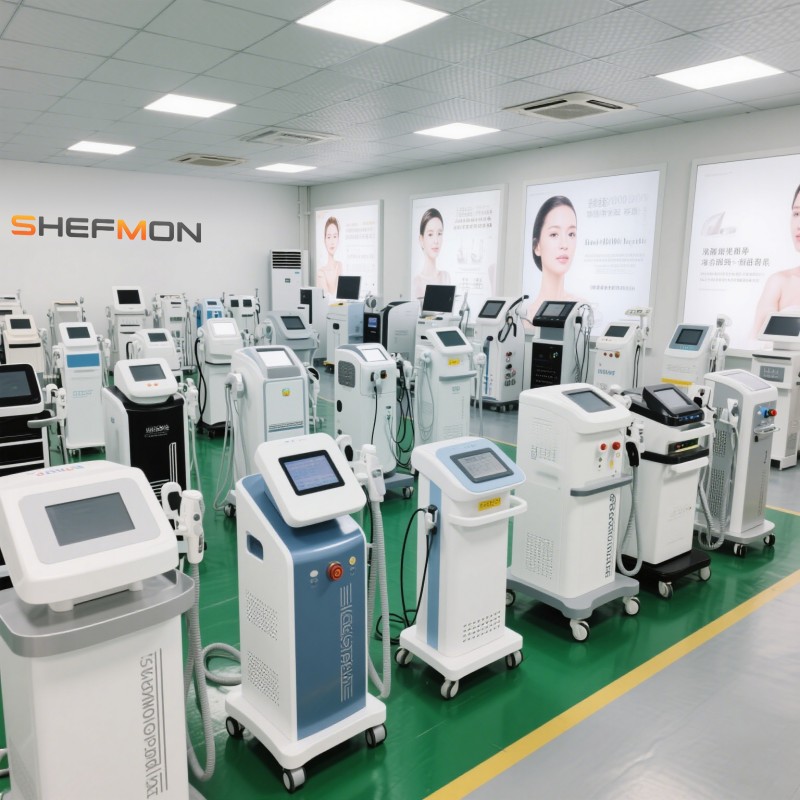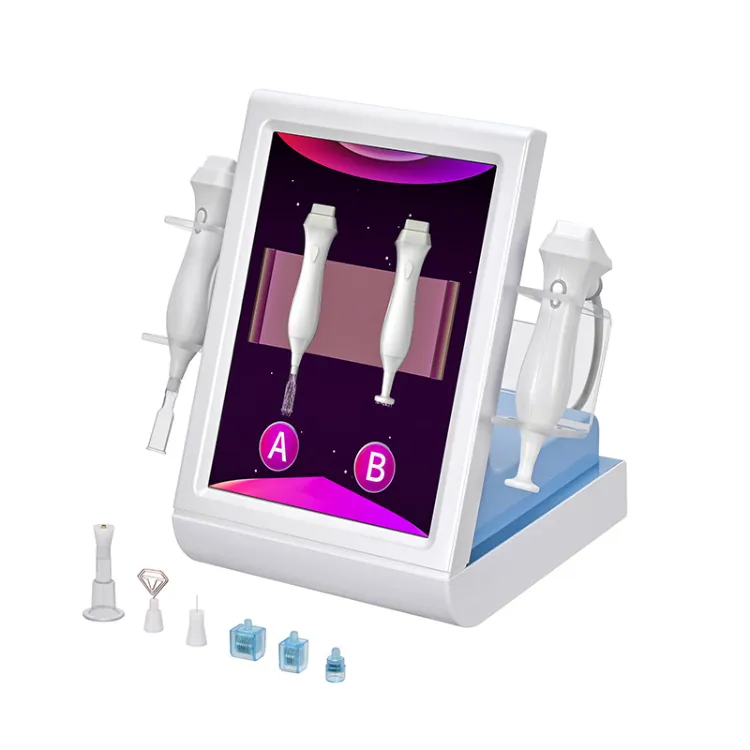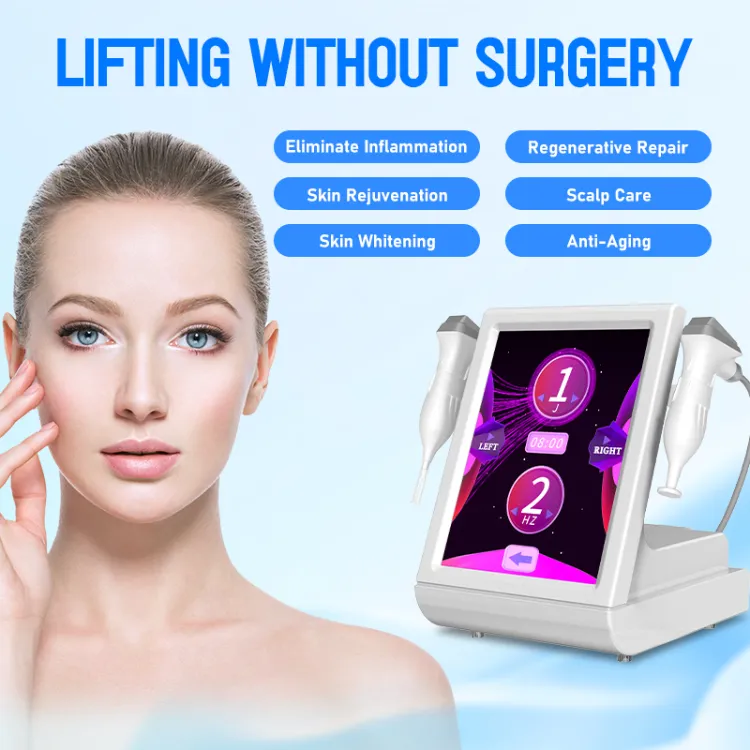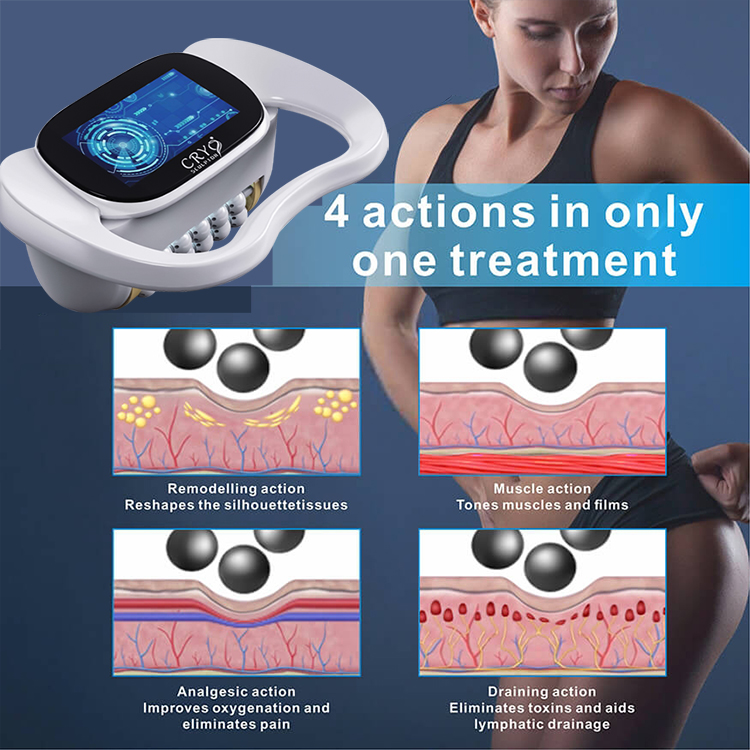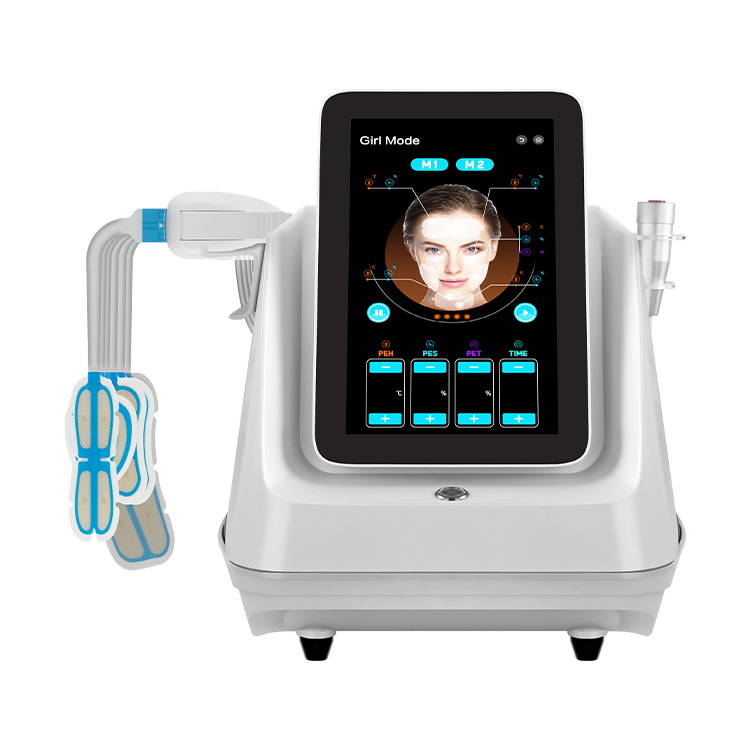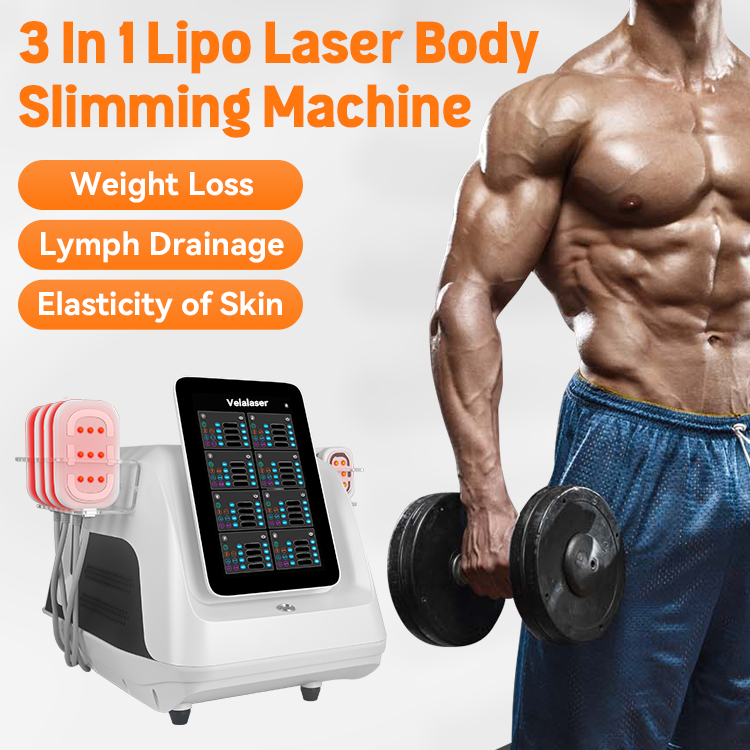شارك الحلول المُحسّنة والمعرفة المهنية بالصمامات وأخبار الصناعة
يرجى إدخال المصطلحات أو الكلمات المفتاحية المناسبة التي تحتاجها، وستظهر المقالات ذات الصلة في نتائج البحث. إذا لم تجد الإجابة التي تحتاجها، فلا تتردد في التواصل معنا، وسنسعد بمساعدتك. أو يمكنك مراسلتنا مباشرةً عبر البريد الإلكتروني beauty@shefmon.com
ما هو العلاج الطبيعي بالموجات الصادمة؟
جدول المحتويات

Shockwave physiotherapy (also called Extracorporeal Shock Wave Therapy, ESWT or radial shockwave therapy) is a non-invasive treatment method widely used in physiotherapy, sports medicine, orthopedics, and rehabilitation. It delivers acoustic (sound) waves into tissues to stimulate healing, reduce pain, and improve function.
🔬 Scientific Principles: How Shockwave Therapy Works
Here are the core scientific and physical principles behind shockwave physiotherapy:
Shockwave / Acoustic Wave Generation
Shockwaves are high-energy sound pulses with a sudden rise in pressure and rapid change in mechanical stress. They can be generated via several mechanisms:Electro-hydraulic (spark discharge in water)
Electromagnetic (membrane driven by magnetic field)
Piezoelectric (crystals deform under voltage)
Radial / ballistic (projectile impacts applicator).
Focused vs. Radial Shockwaves
Focused shockwaves target deeper structures with a focal point, allowing high energy delivered at depth.
Radial shockwaves spread over wider areas with lower penetration—useful for broader, more superficial injuries.
Mechanical Effects & Microtrauma
The shockwaves produce mechanical stress and microtrauma in target tissues. This controlled micro-injury triggers the body’s healing processes: increased blood flow, microvascular regeneration (angiogenesis), release of growth factors, and collagen synthesis.Cavitation and Tissue Response
Part of the shockwave effect includes a negative pressure phase that can produce cavitation (tiny vapor chambers forming and collapsing). The collapse causes mechanical effects that help break down calcifications, scar tissue, and enhance cellular activity.Pain Modulation
Shockwave therapy can reduce pain by disrupting pain signal pathways, reducing inflammation, and increasing local circulation. Over time, this helps desensitize the tissue.Parametric Settings Matter
Important parameters include energy flux density, frequency (how many shock pulses per second), number of pulses per session, focal depth, and the type of applicator. The correct settings are crucial for effectiveness and safety.
✅ Clinical Applications: When & Why It’s Used
Shockwave physiotherapy is used in a variety of conditions, including but not limited to:
Tendinopathies (e.g., Achilles tendinitis, plantar fasciitis, tennis elbow)
Calcific tendonitis (e.g., in the shoulder) where calcium deposits cause pain
Chronic muscle or ligament pain that has not improved with conventional therapies (rest, physiotherapy, medication)
Joint pain, bursitis, and other overuse syndromes
🔗 Related Product Marketing: SHEFMON Shockwave & Physiotherapy Equipment
Here are examples of how a marketing-section might look on your site, recommending relevant SHEFMON equipment for shockwave physiotherapy, with direct links:
*أجهزة الموجات الصدمية والعلاج الطبيعي — Explore our range of shockwave therapy devices designed for clinics and rehabilitation centers.
Featured Products:
A0275E – جهاز العلاج المغناطيسي بموجات PMST 3 في 1 — Offers magnetotherapy + electromagnetic pulses, an excellent complement to shockwave therapy for enhanced recovery.
A0271E – علاج PMST NEO الكهرومغناطيسي لتخفيف الألم — Ideal for clinics wanting to address deep muscular pain, nerve stimulation, and inflammation.
Shockwave & Physiotherapy Product Category — View all options in one place for shockwave and physiotherapy devices.
These machines can be used in combination with or as an alternative to traditional shockwave therapy, particularly for pain relief, tissue repair, and improved mobility.
❓ الأسئلة الشائعة
1. Is shockwave physiotherapy safe?
Yes, when performed by trained professionals. Mild side effects like soreness, temporary redness, or swelling can occur, but serious complications are rare when appropriate energy settings are used.
2. How many sessions are needed to see results?
Typically 3-6 sessions over a few weeks are common. Some patients may experience improvement after the first or second session, especially in pain relief.
3. Does it hurt?
You may feel mild discomfort — tapping or dull ache — during treatment. The intensity can often be adjusted. Compared to surgery or injections, discomfort is usually mild and temporary.
4. Which conditions respond best to shockwave?
Conditions like tendonitis (Achilles, patellar), plantar fasciitis, elbow tendinopathies, and calcific tendonitis tend to respond well. Chronic cases often need more sessions.
5. Who should avoid shockwave therapy?
People with certain conditions should consult a physician first. Contraindications often include:
Pregnancy
Coagulation disorders or using blood thinners
Open wounds or infection in the treatment area
Metal implants near the target area
Severe circulatory diseases or neuropathy
6. When will I see lasting improvement?
Pain relief may be noticeable early, but full tissue healing, improved strength, and improved function often take several weeks post-treatment as collagen remodels and circulation improves.
